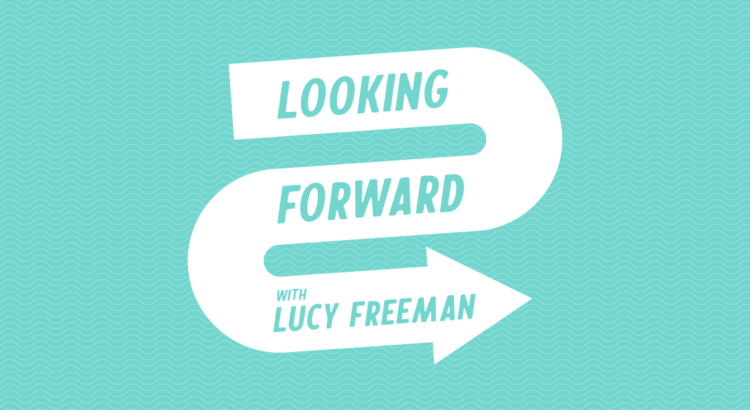Hey arts, ink readers!
Happy Friday! I hope you’ve all had a chance to recharge over the break, whether you celebrated Turkey Day or not. The holidays look a little different this year, but that doesn’t mean we can’t make the best out of them and still find ways to connect to friends and family (albeit virtually).
This week I had the chance to talk to Katie Lorenz, a member of APG (Arbor Promotion Group) Presents, about how the org is adapting to the year as well as how she views the arts scene on campus acclimating to the health and safety guidelines. Read on to learn more!
Founded in 2018, APG Presents is one of the more recent groups to enter the music scene on campus. They have two main focuses: producing and promoting live events, and helping students in the organization with professional development. In a typical year, they help put on shows at Necto and other venues around campus, bring in speakers from the industry to talk to members of their organization or the larger UofM community, and help with resumes, internship searches, and interview prep. They currently have over 50 members, with leadership opportunities for those interested in learning more hands-on about the industry.
This year, APG Presents has had to pivot, as all of us have, but they’ve done a great job of maintaining much of their usual programming. They’ve moved their weekly meetings to be virtual, as well as their professional development programs. Their live music events have also been moved virtual, but have been able to shift to include things like artist Q&As as well. Katie explained that, although it’s obviously a bummer that they can’t all be together and produce their normal concerts, there have been bright sides to the changes, too. “Virtual experiences do a great job for [these] events of bringing people to us who might not have been able to, like, fly to us directly, people all across the world… So I think that’s been working in our favor kind of this year.” If you’ve read other posts from Looking Forward, this is a theme that a lot of people have come to notice over the pandemic – the musical theatre department, the Shapiro Design Lab, and now APG Presents. The limitations of geographical barriers seem to be non-existent now, and it will be interesting to see if that trend continues once things start returning to “normal”.
I also asked Katie to share her thoughts on the state of the arts on campus right now. She told me that she sees creativity and the

way that arts organizations on campus have expressed themselves during this time as being really interesting – people are finding new ways to commit to their ideas and what they stand for. One example she brought up is the UMMA showing support for the Black Lives Matter Movement. If you’ve walked by the UMMA recently, you may have noticed that half of it is covered in stitched-together canvas sacks. This is by artist Ibrahim Mahama and is meant to “[celebrate] the often-invisible labor of Black and brown people behind global exchange and commerce while acknowledging the troubling histories of colonialism and slavery in the Western world,” (from the UMMA website). Personally, I found this interesting because although I had walked by this installation many times, I didn’t really understand what it was saying. Katie’s comment reminded me that there is always something to uncover about the arts on campus, always something new to experience, and that gives me a lot of hope for the year ahead.
If you’d like to learn more about APG Presents and stay up-to-date on their future events, be sure to follow their Instagram @APGPresents and their LinkedIn page. If you’re interested in joining the organization, you can email Talia Rizika at trizika@umich.edu.
If you wanna read more about the UMMA installation I mentioned, you can check it out here.
That’s all from me this week. I hope you have an amazing rest of your week and stay safe!
Lucy



